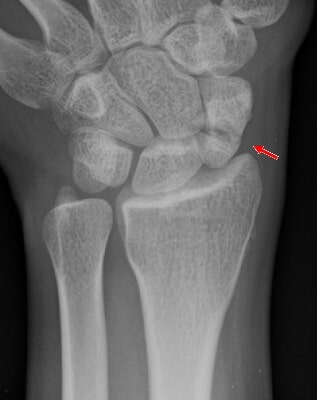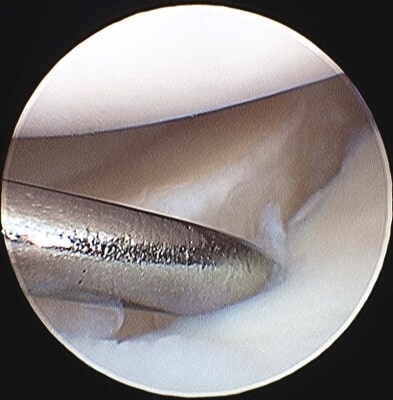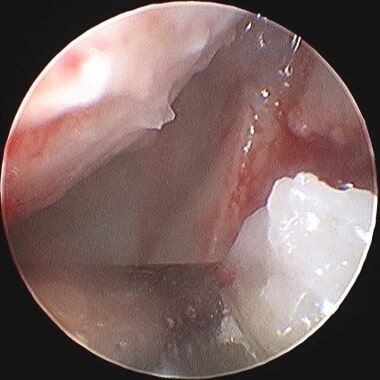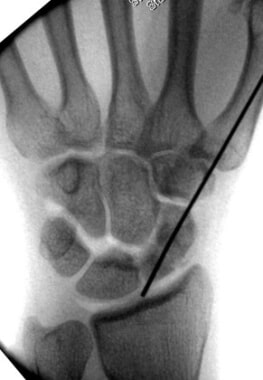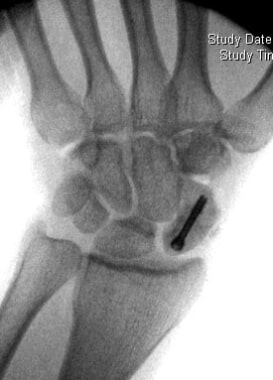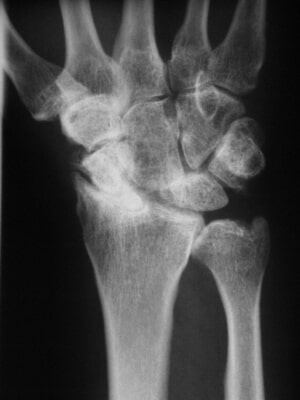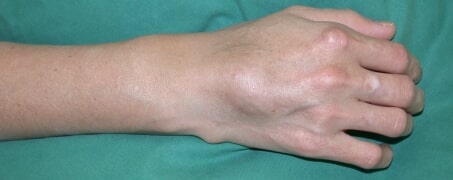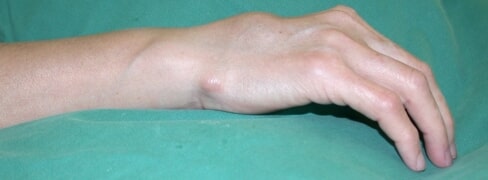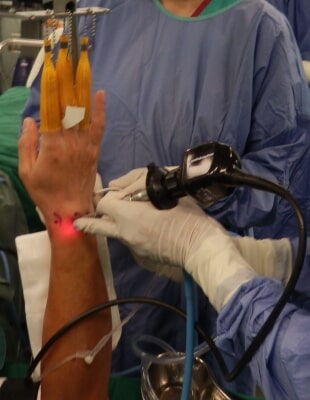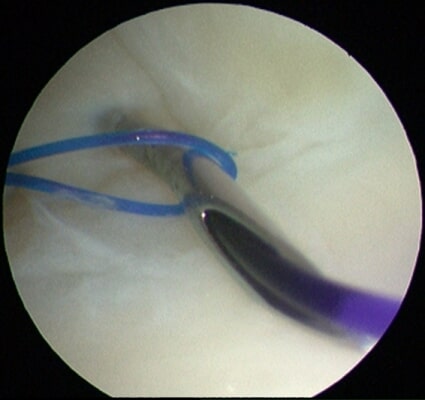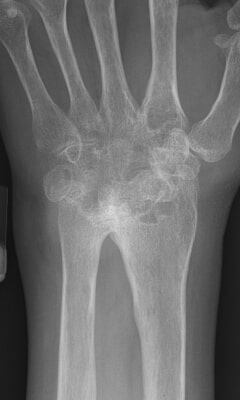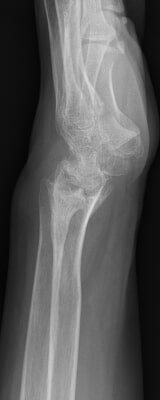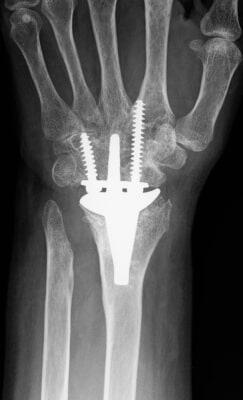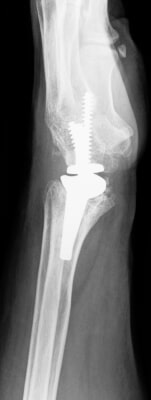Wrist Pain
Pain in the wrist has a variety of causes, some of which are mild, but others are debilitating. Accurate diagnosis, treatment with both surgical and non-surgical methods together with a hand rehabilitation programme help to manage wrist pain and return to good function.
Wrist pain may be caused by trauma, degeneration and inflammation.
Hand and Wrist Pain
Hand and wrist pain are common complaints that can significantly impact daily activities and quality of life. It has various causes, ranging from minor injuries to more serious medical conditions. Understanding the potential triggers and seeking timely medical attention is crucial for effective management.
Common Symptoms of Wrist and Hand Pain:
- Pain or Discomfort
- Swelling
- Stiffness
- Weakness
- Tenderness to touch
- Warmth or Redness
- Clicking or Popping sensation
- Numbness or Tingling
- Limited Range of Motion
- Aggravation with Movement
These symptoms can indicate a range of conditions, including traumatic wrist pain from falls or twisting injuries, repetitive strain injuries, osteoarthritis, and inflammatory causes of wrist pain.
Common Causes of Hand and Wrist Pain
Traumatic wrist pain may be caused by sudden acute injury or chronic repetitive injury (repetitive strain injury – RSI). Falls on the outstretched hand may cause fractures or ligamentous injuries resulting in pain and loss of function in the hand and wrist, especially gripping and pushing.
The commonest wrist fracture is that of the scaphoid, which can sometimes be difficult to diagnose. If not properly treated, it can result in non-union and chronic wrist pain due to arthritis. Ligament injuries of the wrist may be partial or complete, with complete injuries resulting in instability, pain on gripping and loading of the wrist.
|
|
|
| Nonunion of the scaphoid fracture, on X-ray and arthroscopic views. | |
|
|
|
|
| Minimally invasive arthroscopic bone grafting and screw fixation. | ||
Falls or twisting injuries may result in a sprained wrist, or tears of the cartilage and ligaments. A commonly injured ligament is the triangular fibrocartilage complex (TFCC) stabilising the joint on the little finger side of the wrist (the distal radioulnar joint – DRUJ). This may cause debilitating pain and limitation of rotation of the forearm.
Repetitive Strain Injuries (RSI) are associated with wrist pain affecting the tendons (inflammation of tendons – tendinitis) that control the movements of the thumb or the wrist. Repeated use of the hand and wrist for bending and twisting actions predispose the wrist to getting this problem. Minor injures that normally recover do not have sufficient time to do so due to overuse.
Repetitive strain injury is frequently observed in people who engage in repetitive activities involving the wrist, such as typing, using a mouse, or repetitive manual labor. This can lead to inflammation of the tendons and surrounding tissues, causing discomfort and decreased wrist function. Carpal tunnel syndrome is a prevalent repetitive strain injury caused by compression of the median nerve in the wrist, resulting in hand and wrist pain, numbness, and weakness.
Osteoarthritis, either due to degeneration (wear and tear) or old injury (post-traumatic) causes pain, stiffness, and loss of function. This may also be associated with bony swellings and ganglion cyst formation, and deformities. Old fractures of the distal radius or wrist bones, ligament injuries all predispose to early degeneration resulting in post-traumatic arthritis.
|
|
| Severe osteoarthritis of the wrist after ligament injury |
Inflammatory causes of wrist pain are usually rheumatoid arthritis or gouty arthritis. They are usually associated with pain and swelling, and instability. An important diagnosis to exclude is infection of the wrist joint, which also presents with pain and swelling.
|
|
|
| Synovitis of the wrist and extensor tendons | |
Diagnosis of Hand and Wrist Pain:
Diagnosis is made by taking a careful history and performing a meticulous physical examination. X-rays help to diagnose arthritis. Advanced imaging techniques such as ultrasound and magnetic resonance imaging (MRI) are useful and help to diagnose cartilage, ligamentous and bony injuries which cannot be seen on plain x-rays. This information is important in determining the appropriate treatment for wrist or hand pain.
Our Hand Surgeons may also inquire about recent activities or injuries that could be related to the hand pain. A series of physical tests may be conducted to assess the range of motion, strength, and flexibility of the hand and fingers.
Common Treatment Options for Hand and Wrist Pain:

- Rest: To treat hand and wrist pain, it is important to rest and avoid activities that aggravate the pain. This will allow the wrist to heal properly. For effective wrist pain treatment, particularly in cases of a sprained wrist, it is crucial to prioritize rest and avoid actions that worsen the condition.
- Ice: Apply ice packs for 15-20 minutes every 2-3 hours to reduce inflammation.
- Compression: Use a wrist brace or bandage to support and stabilize the injured area.
- Elevation: Keep the wrist elevated to minimize swelling.
- Pain relievers: Over-the-counter medications like ibuprofen or acetaminophen can help manage pain in cases of sprained wrist or hand pain.
- Physical therapy: involves targeted exercises to improve strength and flexibility. Whether you are experiencing hand pain, wrist pain, or have a sprained wrist, physical therapy can help alleviate discomfort and promote healing.
- Splinting: Immobilize the wrist with a splint to allow proper healing.
- Corticosteroid injections: In some cases, a healthcare professional may administer corticosteroids for severe inflammation.
- Lifestyle modifications: Avoid repetitive movements and ensure proper ergonomics in daily activities.
- Surgery: Surgery may sometimes be necessary if these treatments are not successful.
Inflamed or tight tendons may need surgical release to loosen them.
Ligamentous and cartilaginous injuries are confirmed with arthroscopy. Repair of the cartilage can also be done through arthroscopy. This is a key-hole technique, whereby small holes are made to pass a scope into the wrist, and small instruments to clean up the wrist and repair done using special sutures.
|
|
|
| Arthroscopy (key hole surgery) of the wrist, showing repair of the TFCC. | |
|
|
|
|
|
| Rheumatoid arthritis with destruction of the wrist joint treated with total joint replacement. | |||
Rheumatoid arthritis with destruction of the wrist joint treated with total joint replacement.
Osteoarthritis, whether due to degeneration or trauma, may be treated with medication, splinting, or surgery. Partial or total wrist fusion, or wrist joint replacement will help to treat the pain, with replacement having the advantage of preserving motion.
If left untreated, wrist pain can interfere with daily activities and impact the overall quality of life.



